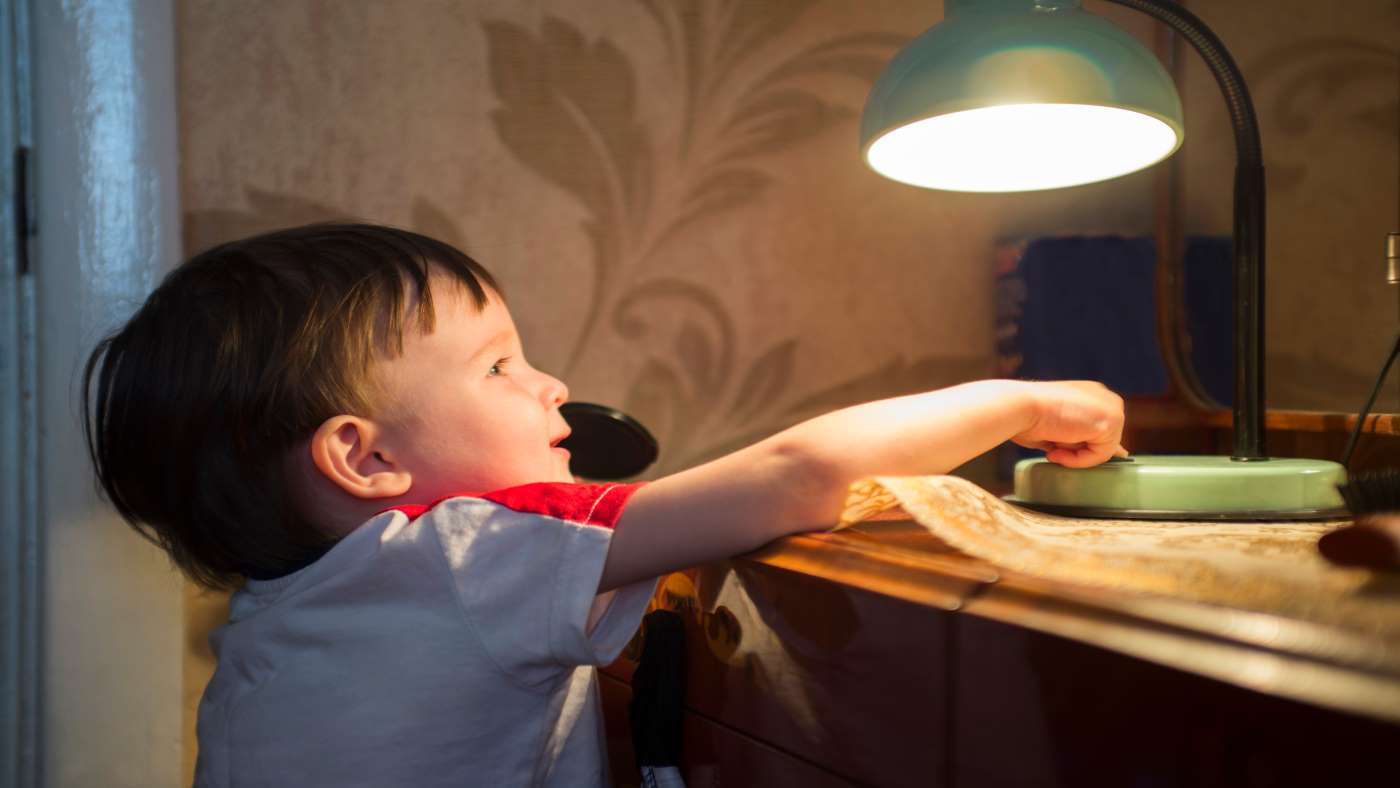It started with a switch – shining a light on your toddler's ability to 'click'

Being able to control a switch when you are a toddler is quite exciting: on, off, and on again! Your toddler may become completely engaged in this form of exploration, and why not? What an exciting new skill it is for them to achieve. They are taking another step on their road to independence.
It takes a lot of strength, skill and precision to press or flick a switch. Muscles from the shoulders to the fingertips must coordinate with (their) vision to make this action happen.
From the moment your toddler’s eyes spot a switch to play with, their brain begins to plan the gross and fine motor movements necessary to be able to press it.
The shoulder muscles need to be strong and steady to allow the arm to be held in the right position while the fingertip finds its location on the switch. One fingertip is ultimately where all the power and strength are finally focused.
Every time they press a switch, your toddler gains a better understanding of how to control the force and positioning of their finger to carry out this precise task.[1]
Not only that, but your toddler coordinates their vision and muscle movements with a large amount of perseverance.
They might find it considerably more difficult to press a switch than initially thought or their finger might slip off the switch. If they are unsuccessful the first time, your toddler will use their sensory and motor systems to try again.
Pressing a switch is a transferable skill which relies on fingers being used in isolation.
This skill is essential when typing on a keyboard, holding a pen, counting on fingers and tying a shoelace.
Reference:
[1] Jones, L.A. (2014). The Control and Perception of Finger Forces. In: Balasubramanian, R., Santos, V. (eds) The Human Hand as an Inspiration for Robot Hand Development. Springer Tracts in Advanced Robotics, vol 95. Springer, Cham. https://doi.org/10.1007/978-3-319-03017-3_5